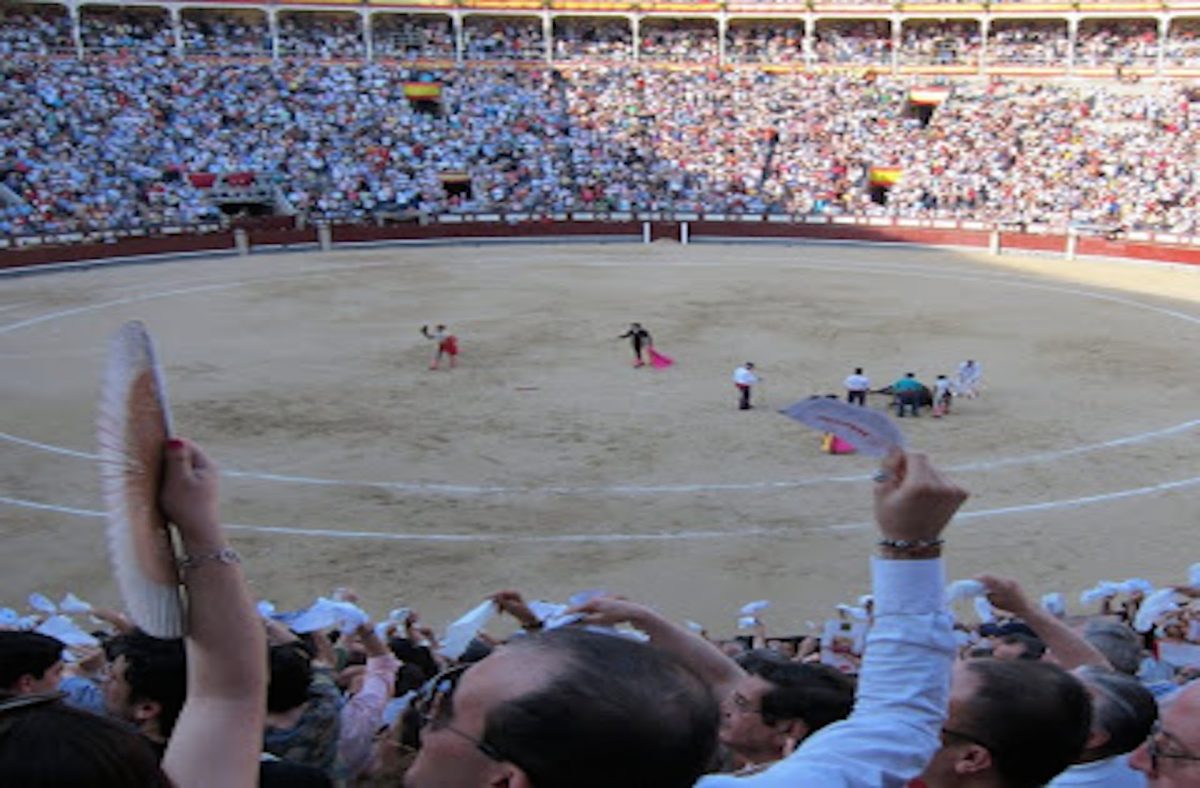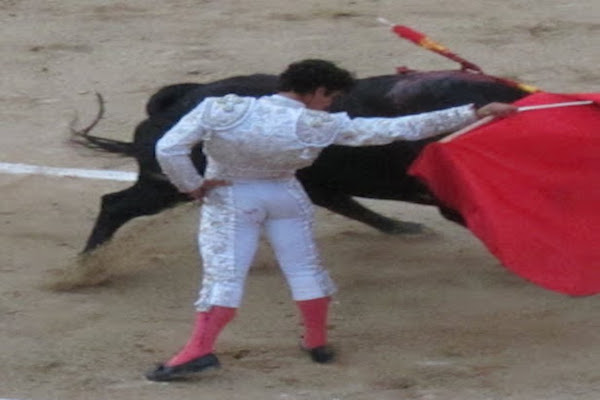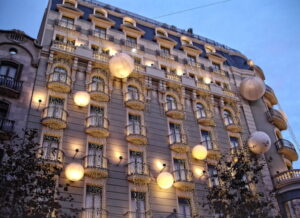Last Updated on November 15, 2025 by Emma Fajcz | Published: December 13, 2017
Catalonia has a long history of taking stands, and the case of bullfighting is no exception.
Years have passed since the region officially banned the sport and with time the bullrings that remain standing have been converted into shopping centers, museums and concert venues. Though these bullrings’ history is crawling closer and closer to oblivion, bullfighting, or la corrida, continues to be a hot topic in Spain.
Where does la corrida come from?
The roots of bullfighting date back to prehistoric times. However, it didn’t become a popular spectacle in Spain until the early 18th-century when noblemen on horses were replaced by commoners on foot. For obvious reasons, this new, dangerous style sparked a hype. Furthermore, it wasn’t long before the construction of bullrings all over the country went underway.
How does it work?
If you are like a lot of young people in Spain, you probably have never been to a bullfight. Basically, there are three parts, or thirds, called tercios. It is during these that the bull is progressively weakened. First comes the tercio de varas, when the bull is lanced from a horse. Then the tercio de banderillas is up next. This is when sharp barbed sticks are planted in its shoulders. Finally, the tercio de muerte, when the bullfighter attempts to stab the animal in the heart
What’s the appeal?
Though times have changed and the functioning bullrings come nowhere near to filling up like they used to, there is still a small but strong support for bullfighting in Spain. Not only do people assert the importance of its tradition, but also of its art. Loyal fans know that it is not about winning or losing. It is rather about showing courage and skill in the face of death. This is both on the animal’s part as well as the human’s. However, it is obviously not common that the latter loses his life.
The ban of bullfighting in Catalonia
Catalonia is the second region in Spain to have outlawed bullfighting. The Canary Islands have also outlawed the tradition since 1991. In Catalonia, a strong case for animal rights combined with a general apathy among the youth made banning it relatively easy. However, many people would argue that the ban was not entirely inspired by humanitarian reasons. It was also largely motivated by political ones.
As bullfighting is a deeply rooted Spanish tradition, many saw the ban as a nationalistic move to further separate Catalonia from Spain. Something that might back this theory is the fact that the correbous, a Catalan and Valencian version of bullfighting, was not included in the ban. However, this is a small-town tradition that does not generally involve bloodshed. It is nonetheless a form of entertainment in which the bull is tormented at the spectators’ amusement.











As a visitor to Spain I find the many tourist postcards of bullfighting abhorrent. I was glad to see a small but vocal demonstration against it in Malaga and no one opposing the demonstration.